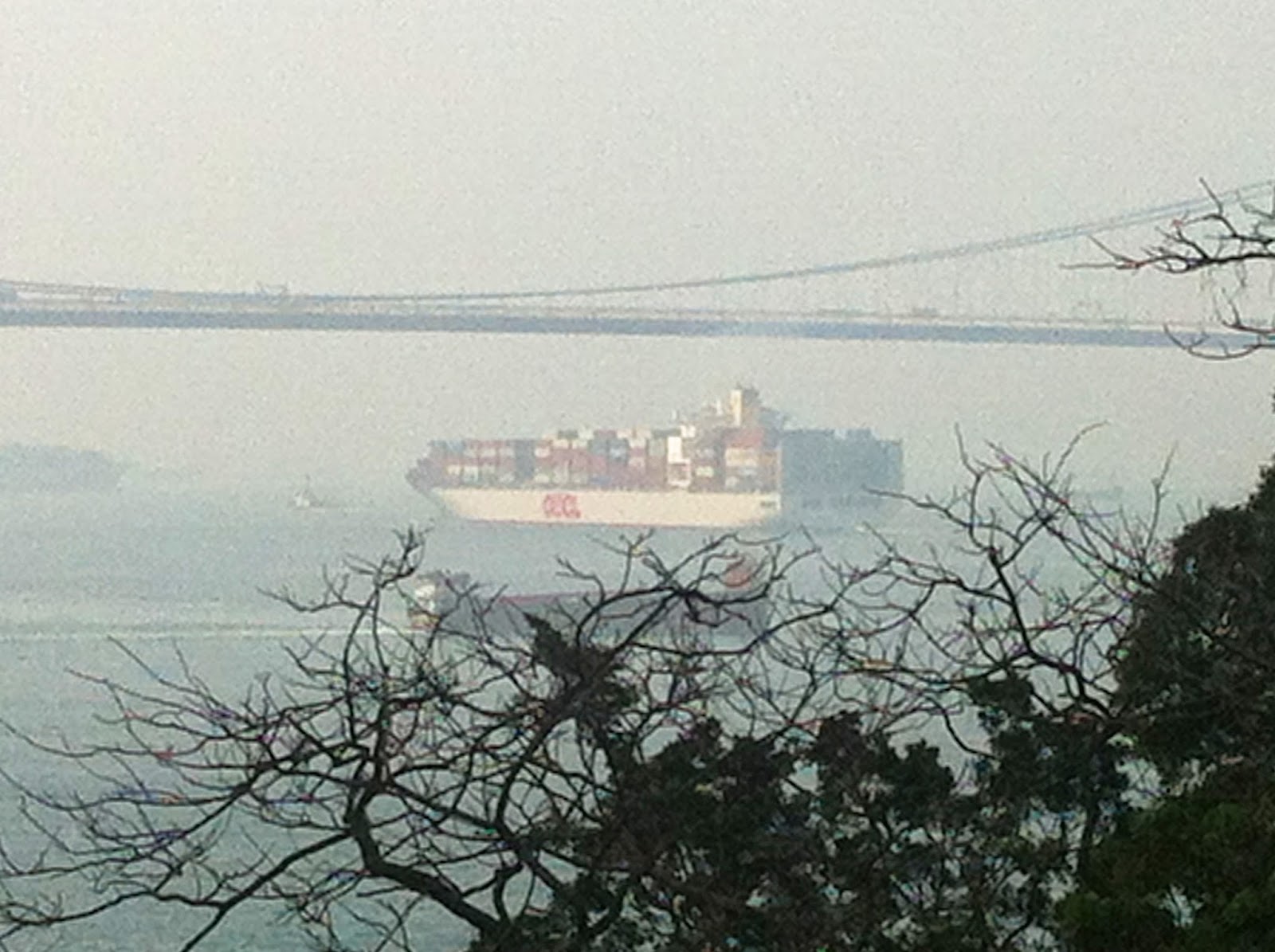In the pedestrian tunnel at the junction of Lion Rock Road and Prince Edward Road, I met him again. I met him for the first time at exactly the same spot 7 months ago. He was playing the same flute then. I was touched by the smooth but slightly haunting sound, the sound of a man who worked to master the instrument but had struggled in life. I had passed through the tunnel since then, each time disappointed when I didn’t see him there.
This time I was not expecting him. Then he surprised me by showing up. I wanted to listen to him more. But when I gave him some money, he thanked me so profusely I was embarrassed. … No, it was not really embarrassment. I was profoundly sad that such a talented man should be beaten so badly by life. I was angry at something, but I was not sure what it was. Yes, I am embarrassed that simply because I had a little bit of money, which he didn’t have, I was put in a seemingly superior position. Life is so not fair. I should be thanking him for the beautiful music.






.jpg)



.jpg)




.jpg)
.jpg)










